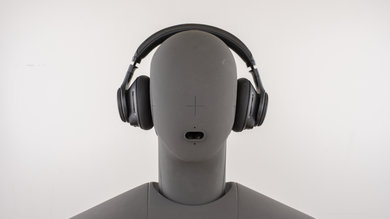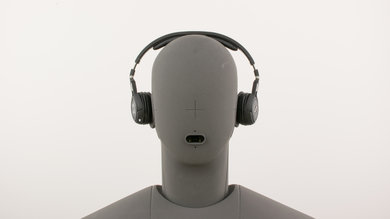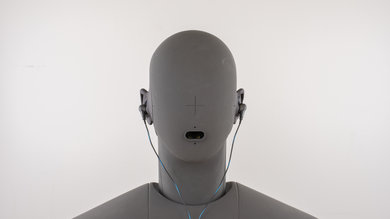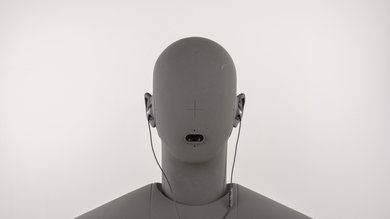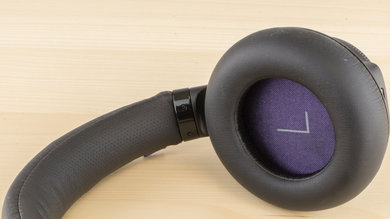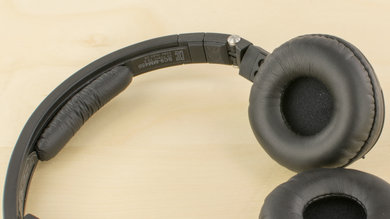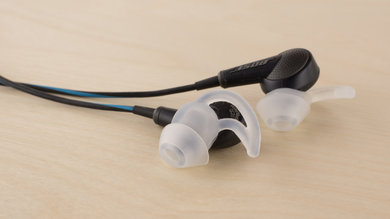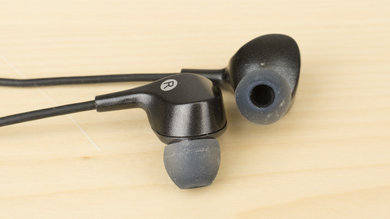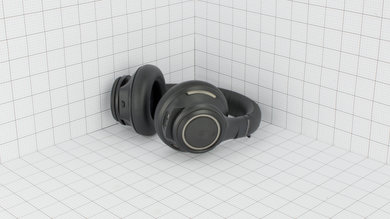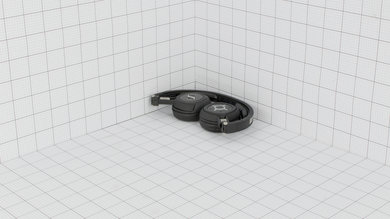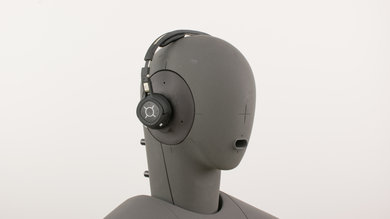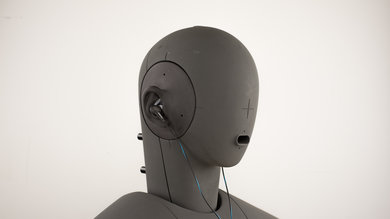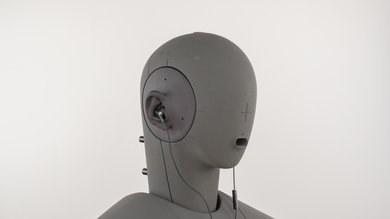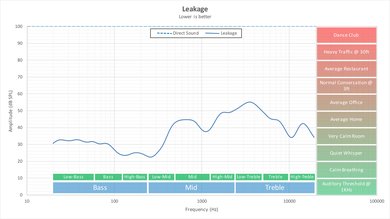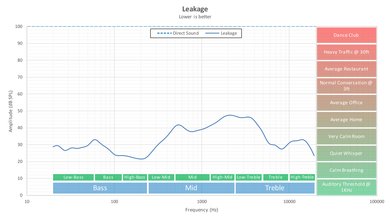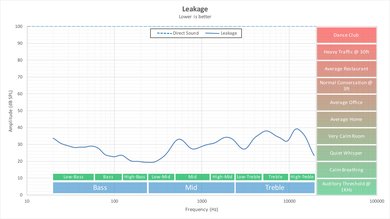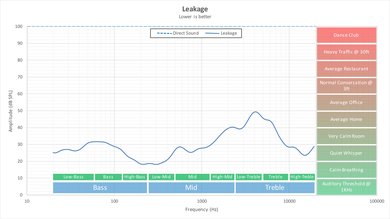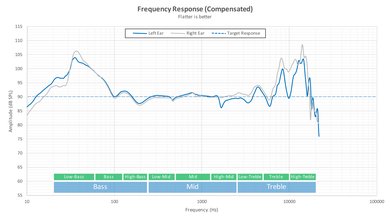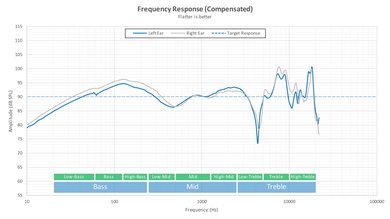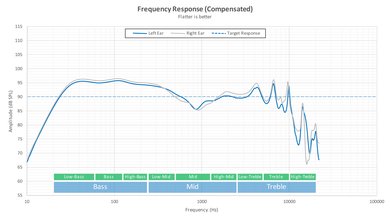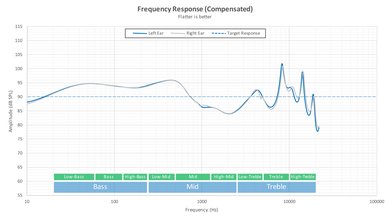- Table of Contents
- Intro
- Comfort
- Portability
- Noise Isolation
- Leakage
- Sound
- Conclusion
- Comments
Which type of headphones are best for you?
Over-Ear vs On-Ear vs Earbuds vs In-Ear
Headphones come in many different designs but fall into four distinct types: over-ear, on-ear, earbuds, and in-ear.
Each type of headphones has its advantages and disadvantages, which affect how well-suited they will be in certain environments and conditions. The kind of headphone that will work best for you depends on your preferences and listening habits. If you're wondering what headphones you should get or what's the difference between on-ear and over-ear headphones, keep reading.
What are over-ear headphones? Over-ear headphones typically have thick headbands and large ear cups that fully encompass the ears.
Who should buy over-ear headphones? Listeners who want an easy-to-achieve comfortable fit and don't mind the larger headphone size.
What are on-ear headphones? On-ear headphones are usually more compact than over-ear designs. They have smaller ear cups that rest on the ears and also slightly less bass.
Who should buy on-ear headphones? Listeners who want a decently comfortable fit in a more compact design.
What are earbuds? Earbuds are small, ultra-portable headphones with earbud tips, that rest at the edge of the ear canal.
Who should buy earbuds? Listeners who want an ultra-portable design and find an in-ear fit uncomfortable.
What are in-ear headphones? In-ear headphones are also ultra-portable with small earbud tips, which are inserted into the ear canal.
Who should buy in-ear headphones? Listeners who want an ultra-portable design and are comfortable with the in-ear fit.
The different types of headphones are compared based on comfort, portability, noise isolation, leakage, and sound. This comparison, however, does not take into account the open-back variations of these headphones. Check our open vs closed article to see which enclosure type will be most suitable for you.
| Headphone Types | Correlation | Over-ear | On-ear | Earbuds | In-ear |
|---|---|---|---|---|---|
| Comfort | Strong | Great | Good | Mediocre | Poor |
| Portability | Strong | Poor | Mediocre | Great | Great |
| Noise Isolation | Moderate | Good | Mediocre | Poor | Great |
| Leakage | Moderate | Poor | Mediocre | Good | Great |
| Sound | Weak | - | - | - | - |
Comfort
Comfort is a headphone’s ability to provide a physically pleasant listening experience which does not cause soreness or pain over time. Comfort is subjective and will depend on the listener’s ability to achieve the intended fit for the type of headphone they have chosen.
Results: Over-ear headphones are typically the most comfortable design. They are easy to wear, usually well-padded and do not apply as much tension to your head as on-ear models. The in-ear design, on the other hand, applies pressure directly to the ear canal, which depending on the listener can be a very uncomfortable listening experience.
Earbuds do not exert tension in the ear canal or on the head making them somewhat comfortable. Unfortunately, a good fit is difficult to achieve. As for on-ear, they are easy to wear and moderately comfortable, but they apply pressure on the ears to maintain a stable fit. This can get uncomfortable and cause listening fatigue quicker than over-ear headphones.
Winner: Over-Ear
Runner-up: On-Ear
Portability
Portability refers to the ease of transport of the headphones’ design. This means the volume of space the headphones take once folded and carrying options provided for transportation. Carrying options such as cases and pouches depend on the headphone manufacturer and therefore are not included in this comparison.
Results: In-Ear and earbuds are the most portable types of headphones. Their small size makes them easy to carry in pockets or bags. On the other hand, over-ear headphones are a lot bulkier and occupy a larger volume of space than all other designs even if some models fold up for easier transport. On-ear headphones have varying sizes but are more compact and easier to carry than over-ear headphones.
Winner: Earbuds and In-Ear
Runner-up: On-Ear
Noise Isolation
Noise isolation is a headphones' ability to isolate you from the outside world by blocking or canceling the ambient noise that seeps into your audio. For noise isolation, only passive isolation is considered for this comparison as the efficiency of active noise canceling is entirely dependent on the manufacturer.
Results: From our tests, In-Ear headphones provide the most passive isolation. The seal that the in-ear design provides is efficient at blocking high-frequency noise. However, the fit may be difficult to achieve. Earbuds are the worst performers in this category not filling the ear canal like in-ear and not having enough surface area to prevent ambient noise from seeping into your audio.
On-Ear vs Over Ear: Over-Ear headphones are second best at providing passive isolation, being able to block a decent amount of ambient noise without active cancellation. On-ear headphones, on the other hand, do not perform as well. The typically smaller ear cups rest on the ears and do not always create a great seal. They are slightly better than earbuds because they have more surface area but not as good as in-ear or over-ear designs.
Winner: In-Ear
Runner-up: Over-Ear
Learn more about noise isolation
Leakage
Leakage is the sound that escapes the seal of the ear cups or earbuds. Loud leakage can be distracting to the people around you at high volumes.
Results: Our test results show that In-ear headphones are the least likely to leak, their size allows the small drivers to be directly placed into the ear canal and also needs less power to achieve the same perceived loudness. Not much sound escapes if a good seal is achieved. Over-ear headphones, on the other hand, have big drivers that can get quite loud. If the seal is not great, they will easily leak a wider range of frequencies than all other types of headphones. Leakage is worse with open back variations. It is encouraged in the design of the headphones to achieve a better soundstage.
Earbuds also have small drivers that do not sound loud at a distance. Therefore, leakage is not very high. On-ear headphones typically have less leakage than over-ear models but leak more than earbuds due to their larger drivers and sometimes poor on-ear seal.
Winner: In-Ear
Runner-Up: Earbuds
Sound
Sound quality has a weak correlation with the type of headphones. This means the quality of the sound will depend more on the model you choose than on the type. A great pair of earbuds will sound better than mediocre over-ear headphones and vice-versa.
Although there is no direct correlation to sound quality, the design of headphones can sometimes improve certain aspects of sound, like soundstage, frequency response and total harmonic distortion. Bigger drivers can usually produce better bass and large open-back earcups often have a more spacious soundstage. Harmonic distortion can also be affected by driver size but like the other sound components, it will depend more on the model you choose.
Learn more about sound quality
Conclusion
Over-Ear Headphones are ideal if you are looking for comfortable headphones and don't mind the larger size. They typically block a decent amount of ambient noise but may leak more than the other designs, which could disturb the people around you. Check our recommendations for the best over-ear headphones.
On-Ear Headphones are ideal for listeners who want a good level of comfort but in a more compact format than over-ear headphones. However, they are usually mediocre at blocking noise and often leak quite a bit of sound. Check our recommendations for the best on-ear headphones.
Earbuds are ideal for the listeners who want an ultra-portable design that's easy to carry in a purse or pocket and don't find the fit of an in-ear headphone comfortable. They don't leak much sound and won't disturb the people around you. Check our recommendations for the best earbuds.
In-Ear headphones are ideal for listeners who want an ultra-portable design and are comfortable with the in-ear fit. They block a substantial amount of ambient noise and don't leak much sound. They are perfect for use in an office or a library. Check our recommendations for the best in-ear headphones.
Sound quality varies from headphone to headphone. Although some aspects of sound are affected by the headphone's design, there is no strong correlation. Sound quality will depend more on the headphones you choose rather than the type.
Comments
Which type of headphones are best for you? Over-Ear vs On-Ear vs Earbuds vs In-Ear: Main Discussion
What do you think of our article? Let us know below.
Want to learn more? Check out our complete list of articles and tests on the R&D page.
- 32120
Hi there,
Thank you for reaching out! Your suggestion is great; there are more and more open-fit products coming out, so it’s definitely something we want to add to this article, especially since their design and purpose differs from the standard designs of other headphones. Unfortunately, we currently have limited resources, so we won’t be able to get this article up to date right away. That said, we will update it as soon as we can!
If you have anymore suggestions or feedback, please don’t hesitate to let us know. 🙂
- 21010
This should probably be updated to include “open-ear” as a category.
